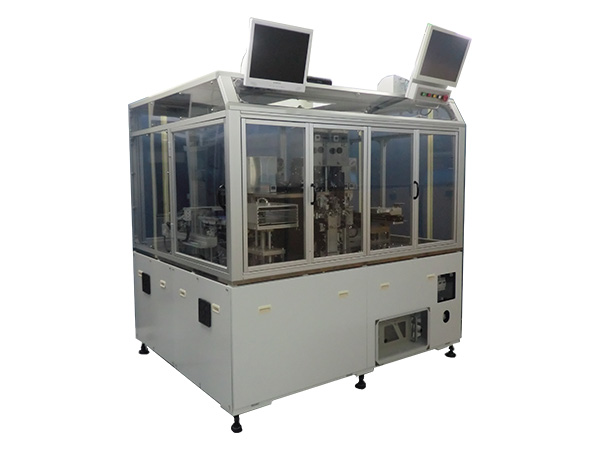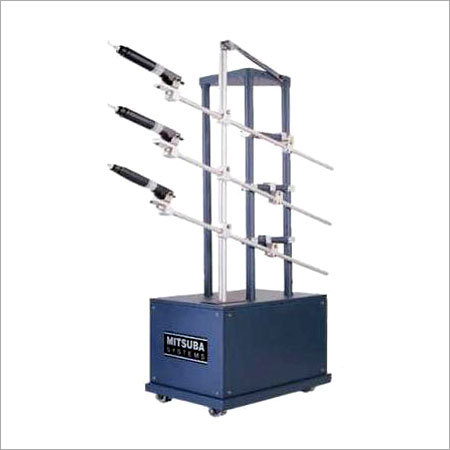
Where Aβ is the feedback factor or the loop gain. Rrom the above two equations, we can understand that, the equation of gain of the feedback amplifier with positive feedback is given by The output V o must be equal to the input voltage (V s + βV o) multiplied by the gain A of the amplifier. The quantity β = V f/V o is called as feedback ratio or feedback fraction. This voltage is added for positive feedback and subtracted for negative feedback, from the signal voltage V s. The feedback network extracts a voltage V f = β V o from the output V o of the amplifier. The gain of the amplifier is the ratio of output voltage Vo to the input voltage V i. The concept of feedback amplifier can be understood from the following figure below.įrom the above figure, the gain of the amplifier is represented as A. The feedback circuit usually consists of resistors. They are the amplifier and the feedback circuit. Principle of Feedback AmplifierĪ feedback amplifier generally consists of two parts. so, let us now try to brush up the concept of feedback amplifiers, to derive the gain of the feedback amplifiers. With the knowledge we have till now, we understood that a practical oscillator circuit consists of a tank circuit, a transistor amplifier circuit and a feedback circuit. The presence of inter element capacitances and stray capacitances affect the oscillator output frequency and thus frequency stability.

This can be avoided if a regulated power supply is used.Ī change in output load may cause a change in the Q-factor of the tank circuit, thereby causing a change in oscillator output frequency. supply voltage applied to the active device, shift the oscillator frequency. The temperature dependency of the performance of circuit components affect the oscillator frequency. Its deviation will affect the oscillator frequency. Operating point of the active device such as BJT or FET used should lie in the linear region of the amplifier. The change in oscillator frequency may arise due to the following factors − When operated over a longer period of time, the oscillator frequency may have a drift from the previously set value either by increasing or by decreasing. The frequency stability of an oscillator is a measure of its ability to maintain a constant frequency, over a long time interval. This feedback is positive in oscillators while negative in amplifiers. Hence the output of these oscillations are increased by the amplifier.įeedback Circuit − The function of feedback circuit is to transfer a part of the output energy to LC circuit in proper phase. Transistor Amplifier − The output of the tank circuit is connected to the amplifier circuit so that the oscillations produced by the tank circuit are amplified here. The values of these two components determine the frequency of the oscillator circuit and hence this is called as Frequency determining circuit. Tank Circuit − The tank circuit consists of an inductance L connected in parallel with capacitor C. Let us now discuss the parts of this practical oscillator circuit. The following circuit diagram shows the arrangement of a practical oscillator.

Practical Oscillator CircuitĪ Practical Oscillator circuit consists of a tank circuit, a transistor amplifier, and a feedback circuit. Let us try to analyze a practical Oscillator circuit to have a better understanding on how an Oscillator circuit works. These oscillations should sustain and should be Undamped as just discussed before.


An Oscillator circuit is a complete set of all the parts of circuit which helps to produce the oscillations.


 0 kommentar(er)
0 kommentar(er)
